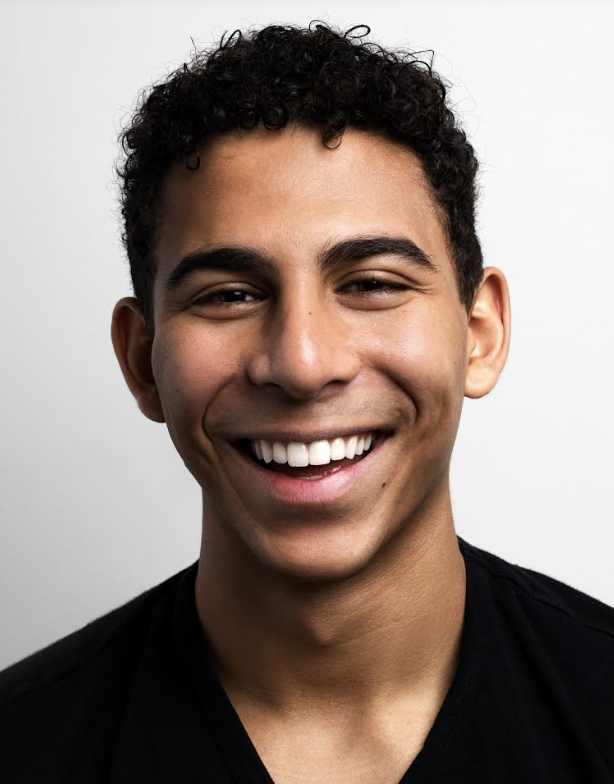The blank page can be a daunting place for even the most experienced writers, and application essays can be particularly stressful. How do I encapsulate myself in something like six hundred words? What do I need to come across about myself to the reader? And how do I best convey it? It can feel like a tall order, I know.
Questions like the Common App’s below can feel particularly open-ended:
“Some students have a background, identity, interest, or talent that is so meaningful they believe their application would be incomplete without it. If this sounds like you, then please share your story.”
So where to begin? Let’s examine how telling a good story – really telling one, not just in a vague “share your story” way – is often the most effective approach to writing these sorts of essays.
Note: I reference the Common App here, but the same applies to all application essays, from medical school to other graduate programs to fellowships, grants, etc. This is the first of a two-part blog post on Story and Application Essays. In the next, I’ll describe key tips for picking and telling an effective application story!
STANDING OUT
It’s always worth keeping in mind that readers on admissions panels are often going through dozens, if not hundreds, of essays at a time. For an essay to stand out among so many, it really has to pop off the page, and nothing sticks in the human mind as effectively as a good story that is well told. It’s just the way we’re wired.
CONVEY WHO YOU ARE
Similarly, application essays are limited in space, and there’s no more efficient way to convey something crucial about who you are than a story which encapsulates it. We instinctively understand character through story. It’s the reason you’ll remember more about a historical figure through watching their biopic than reading their Wikipedia page, and the right story will tell the panel something about you in a deeper way than any string of thoughts, adjectives, or accomplishments ever could.
SHARE YOUR VOICE
The way you tell a story is an ideal showcase of your unique voice. Where other kinds of writing can fall into easily recognizable registers that generalize voices, storytelling is the place that a person’s unique voice really comes alive.
FILL IN GAPS IN YOUR APPLICATION
As I’ll explain in more detail in the next post, one of the ideal uses of the essay portion of the application is to fill in gaps of important things about yourself that might not come through elsewhere in the application. These sorts of things – passions, unique interests, life-changing experiences, etc. – are inherently best told through story.
CONCLUSION: START WITH STORY
Hopefully, all the above has helped to illuminate why a strong story is the way to go in approaching most essay prompts. To clarify, I mean really diving into a story and letting it be a significant portion of the essay. While the above Common App and other prompts often ask the applicant to “reflect on a time” or “share a story,” it’s an easy mistake to breeze by an explanation of a situation or an event without really telling a true, illuminating story, the kind that will stand out, show who you are, and share your voice all at once.
So, check out my next post, in which I’ll detail how to pick the right story and the keys to telling it well in an application essay.

Comments